8 TASTES LIKE APPLES:
An Exploration of Synesthesia

Spiritual teacher Gary Zukav believed the nuanced complexities of the human experience were so vast that "no two people have the same reality."
That is especially true for individuals with the perceptual phenomenon synesthesia.
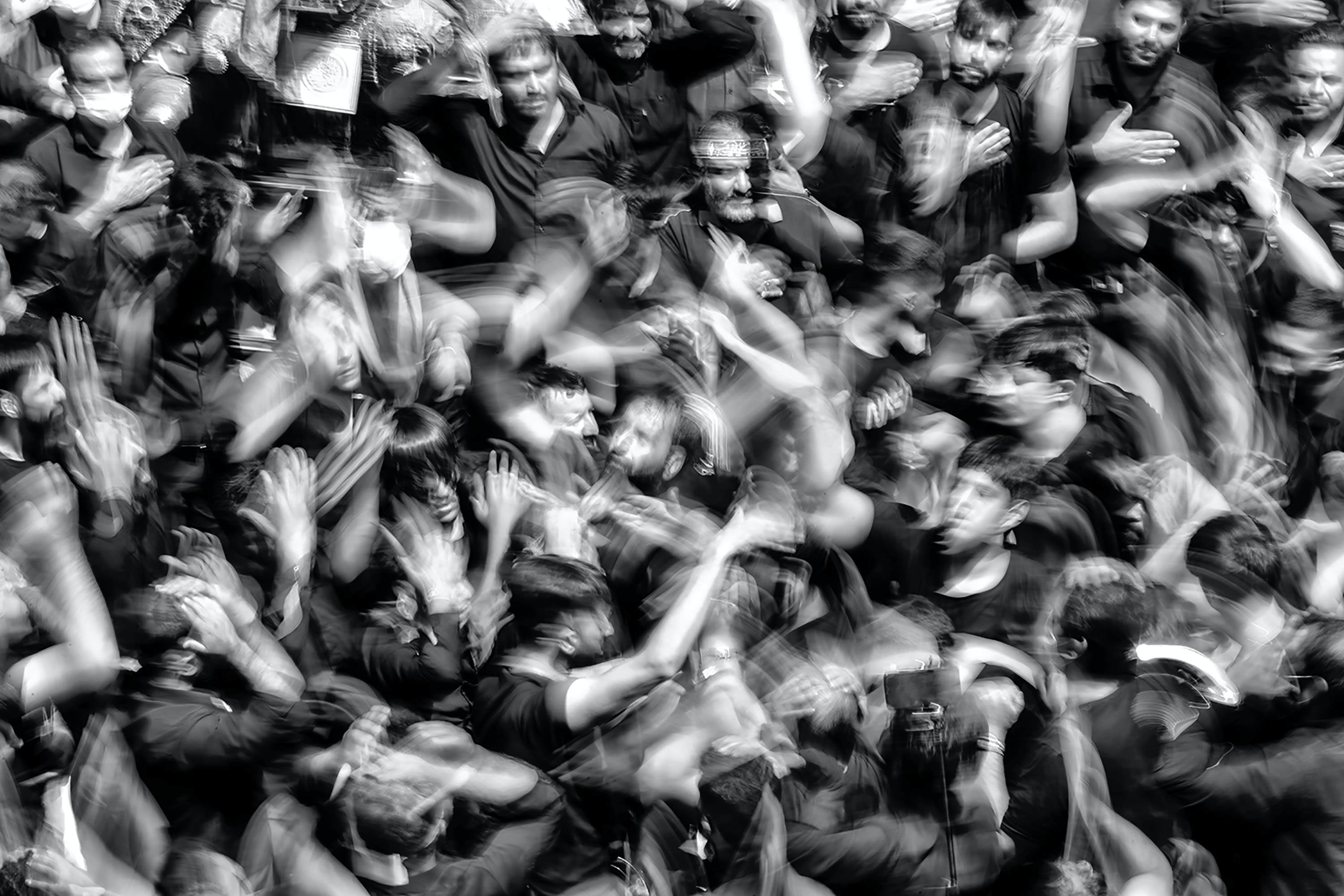
Imagine hearing a song on the radio and seeing the most beautiful shades of blue spiral and dance behind your eyes. Or hearing a C# sharp and tasting the most delicious, warm, and savory piece of apple pie. How about reading the word Friday and interpreting it as a unique shade of forest green — no, not because it’s printed that way, but because your brain automatically associates it and every other day of the week with a specific colour? This is my everyday reality because I am a part of the estimated four per cent of the world’s population with Synesthesia.
Synesthesia is a rare neurological condition that has been a topic of scientific fascination for years. According to Psychology Today, the phenomenon occurs when “stimulation of one sensory or cognitive pathway (for example, hearing) leads to automatic and involuntary experiences in a second sensory or cognitive pathway (such as vision).”
The word Synesthesia is derived from the Greek words “syn,” meaning “union,” and “aesthesis,” meaning “sensation”: a union of the senses – and people who experience this phenomenon are commonly referred to as synesthetes.
Synesthetes live a reality that most cannot comprehend. Robin Kingsburgh, the president of the Colour Research Society of Canada, says that “people with synesthesia have a conscious way of seeing into the unconscious,” which is a truth that likely no synesthete would refute. People born with the condition often describe daily experiences of hearing, tasting, and smelling colors and even envisioning time, months, and days in spatial sequences and landscapes.
Although these experiences may seem abnormal and even shocking to the average individual, synesthesia is often so ingrained into synesthetes’ lives that, according to synesthesia experts, many go years and even lifetimes without realizing they have a condition that makes them perceive the world differently.
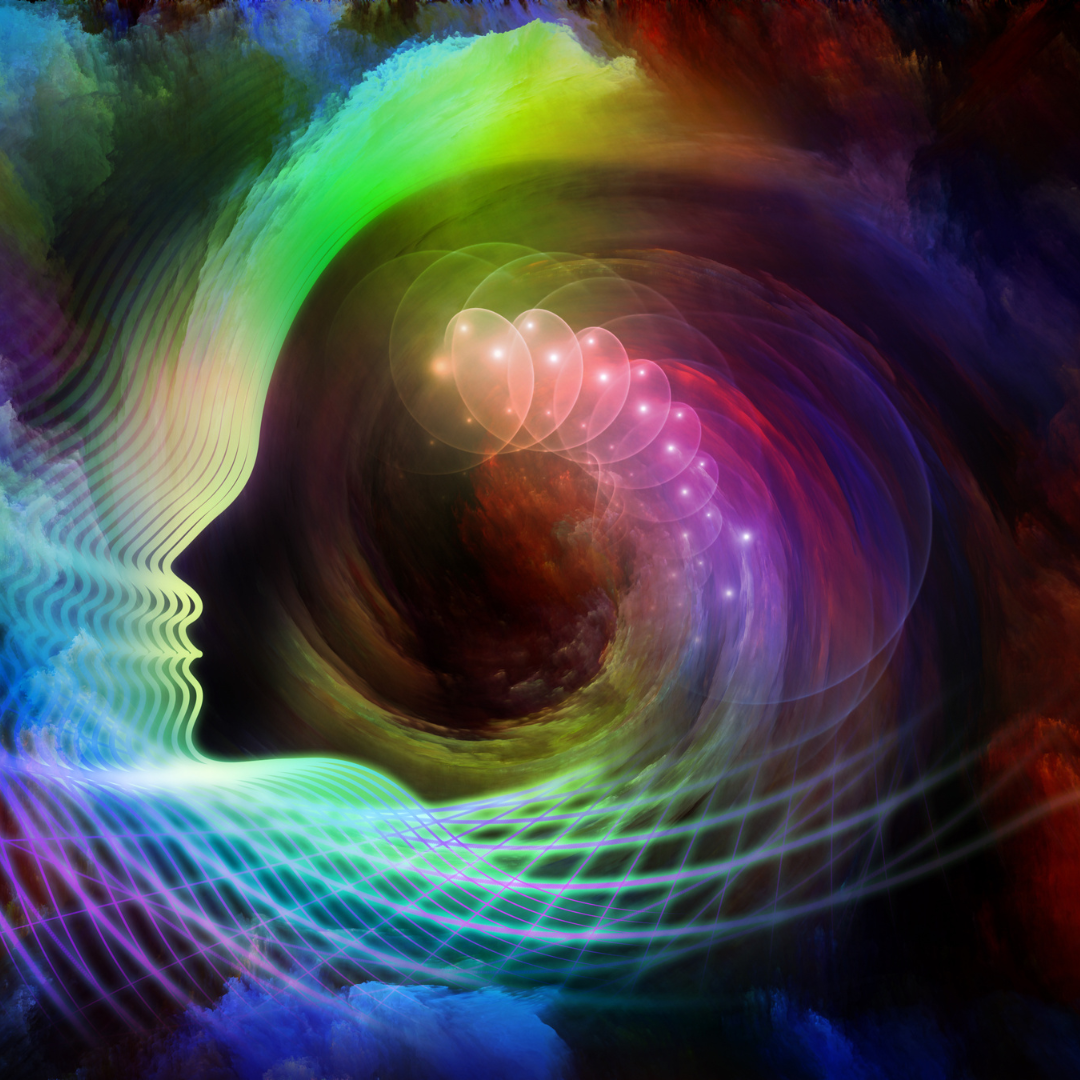
Kirk Sutherland, a Toronto-based artist, and renowned colourist, is one of these synesthetes. He explained that he’s always had an acute sense of colour but never thought to ask anyone else if they reacted to it in the same way because, much like other synesthetes, he figured it was a shared experience.
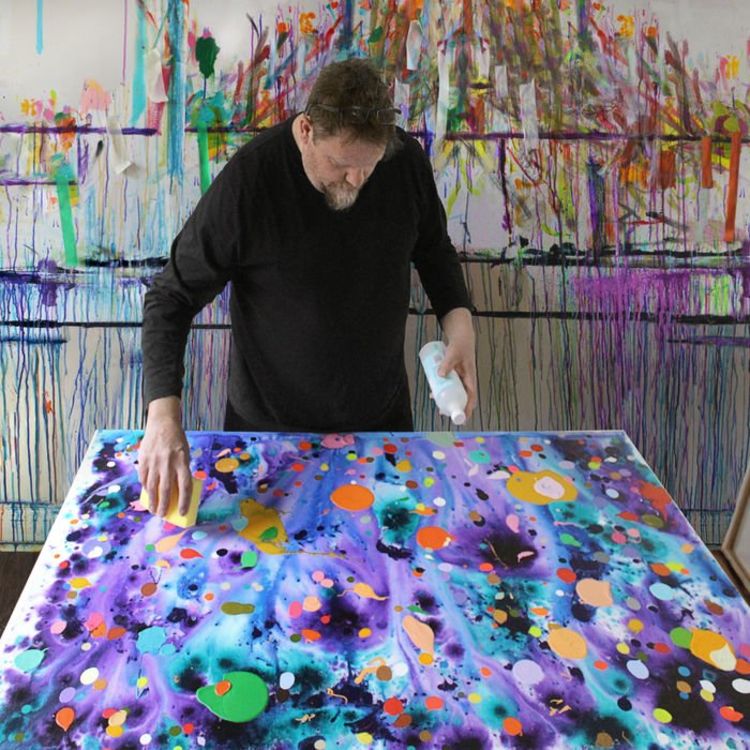
Via kirksutherland.com
Via kirksutherland.com
It wasn't until a couple of years ago, a point in time that Sutherland describes as a “spiritual awakening,” that it dawned on him that he’s “not like everybody else.” This epiphany occurred at a 2017 art exhibit when a scientist asked him if he “knew what he was” after examining a few of Sutherland’s paintings.
According to Sutherland, she could even list the three types of synesthesia he had “just by looking at [his] art from a scientific standpoint.”
“It frightened the daylights out of me at first, but it ultimately revealed to me who I am.”
Learning that your lived reality is uncommon is understandably shocking, but even more so when you're told your everyday experience is, in fact, a condition. But Sutherland says he doesn't consider it a condition, and changing the diction around the phenomenon is important in understanding synesthesia.
“I always look at a condition as something that needs to be overcome or an illness or a negative thing, but with synesthesia, I wouldn't know anything different.”
“It's just the way I’m wired, there's no condition attached for me.”

Despite the phenomenon commonly being referred to as a condition, synesthesia cannot be diagnosed or cured in the same fashion as other medical or mental conditions. Dr. Julia Simner, the Science Officer for the UK Synaesthesia Association, notes in her Multisensory Adaptable Synesthesia Toolkit that scientists describe it as a condition “simply because they are looking for a word which does not imply illness or disease.”

However, synesthesia being dismissed as a medical condition also poses certain challenges for those who are born with the condition.
Since its first documented case in 1812 by Georg Tobias Ludwig Sachs, skepticism surrounding the validity of synesthesia has persisted primarily due to the fact that the condition cannot be medically diagnosed.
“There are likely to be well over 100 different types of synaesthesia depending on the sensations involved,” says Simner, “so there is no one test to diagnose all conditions.” This forces most synesthetes to self-diagnose themselves in order to put a name to their unique experiences. But many individuals face skepticism and even backlash for self-diagnosing, and that includes me.
Discovering Synesthesia

I was tipped off on my “out of the norm” abilities by a peer in my grade 10 high school geography class who, after we were instructed to break up into pairs, began quizzing me on the map of Canada. After only briefly skimming over the map, I attempted my best to match each province to its capital city but was unable to recall Alberta’s and instead admitted, “I only remember it had a green name,” so, therefore, “it must start with the letter ‘E.’”
Although my inclination was right, my partner looked puzzled, as if I had said something wrong, and asked me where on the map I was seeing Edmonton printed in the colour green. But it wasn’t printed on the map - in fact, it was black and white - and I struggled to explain that I saw Edmonton and the colours of all the other cities only behind my eyes and began to wonder if he did too.
Instead of questioning or humiliating me - which is typically a common reaction- my partner explained that seeing words in colour wasn’t a shared experience and that maybe I had a form of dyslexia. But what I discovered was much different.
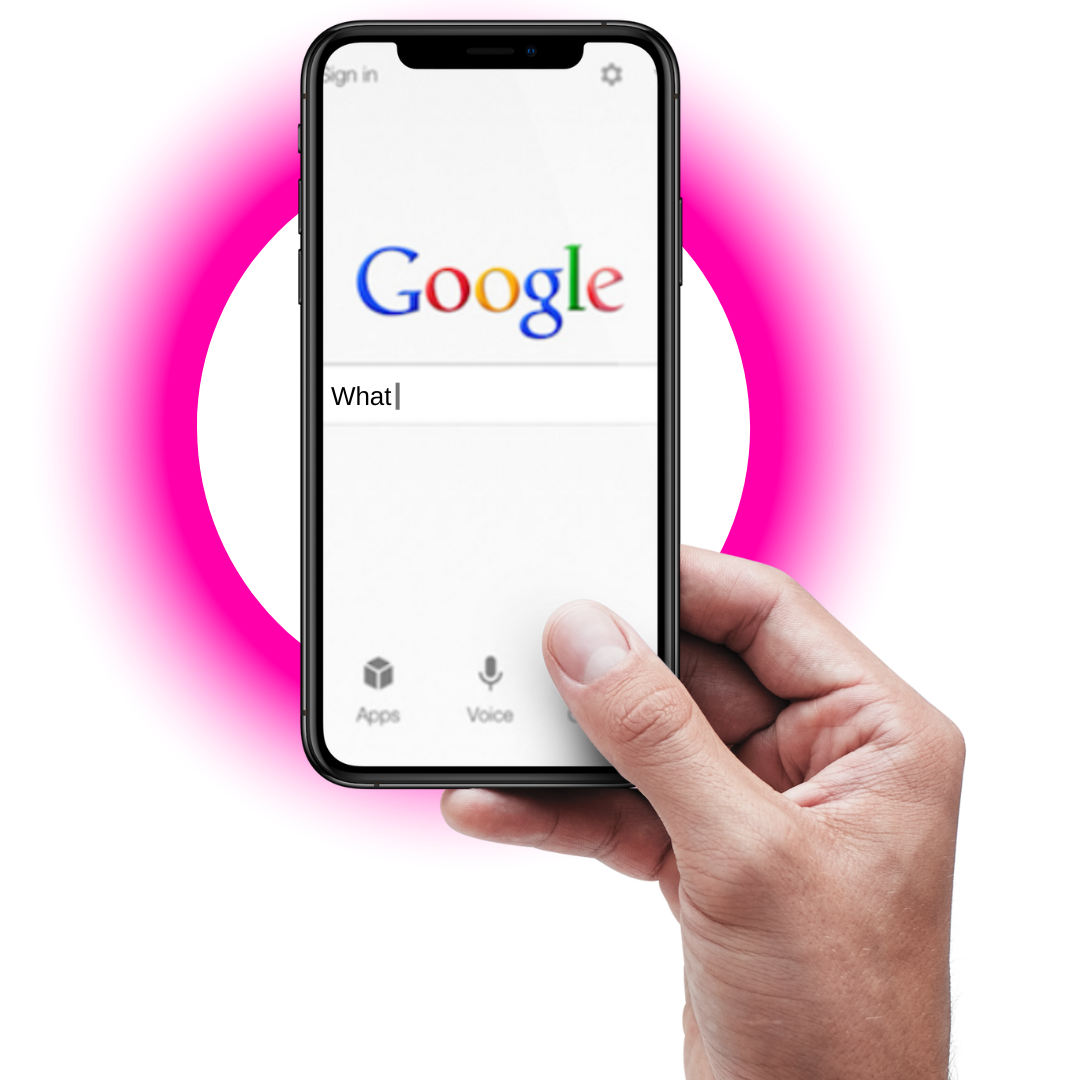
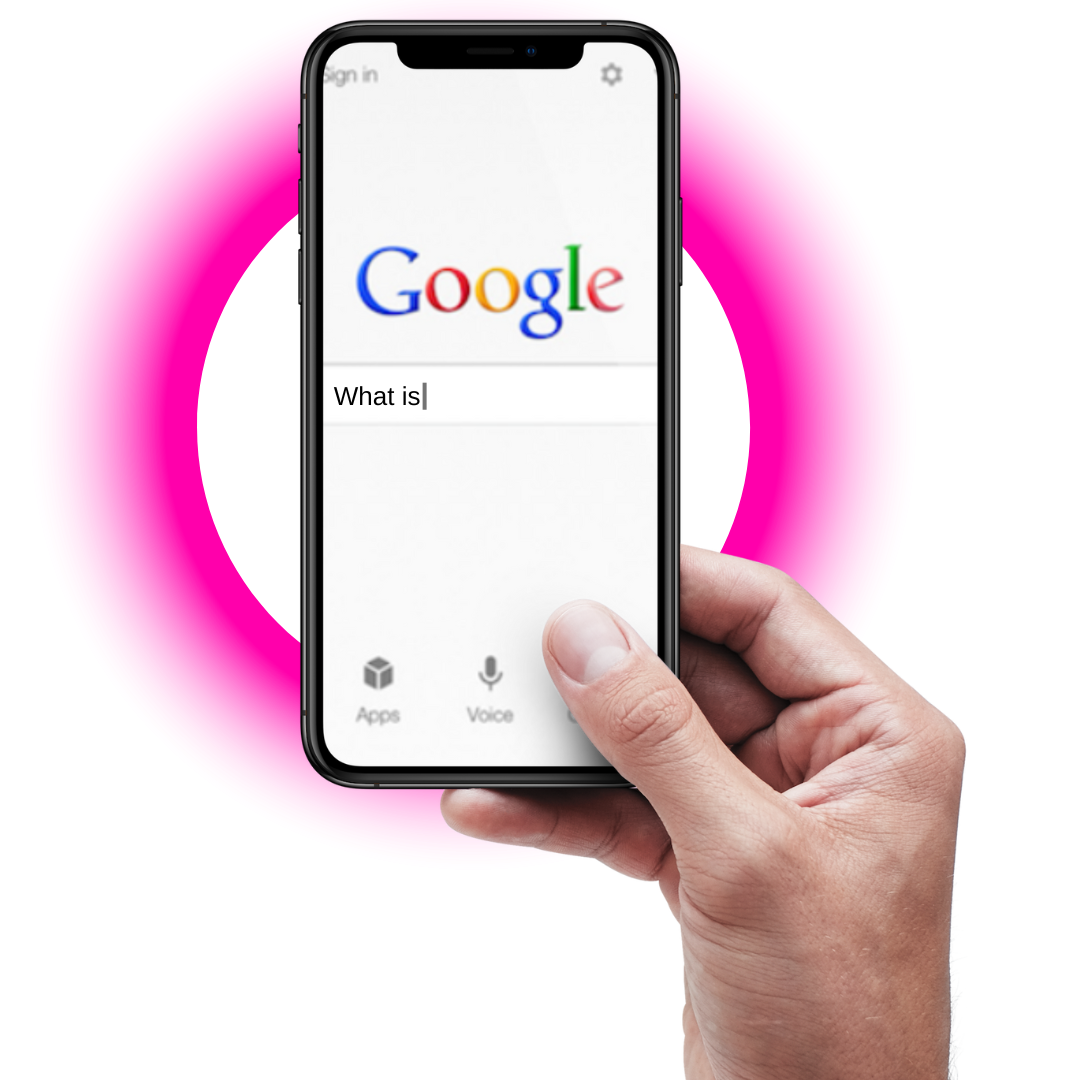
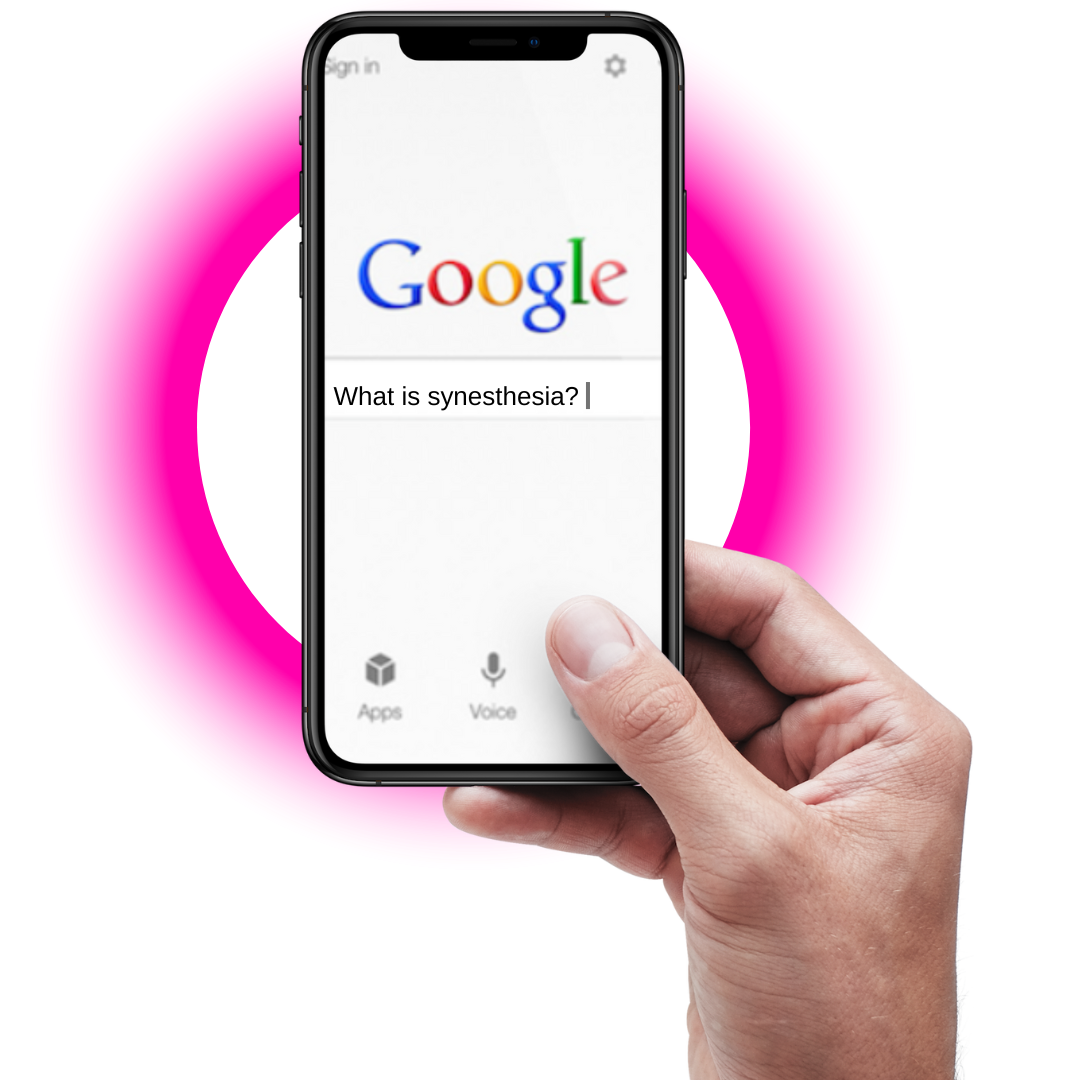
Grapheme colour synesthesia, according to Synesthesia.com, was described as the most common and most well-researched type of synesthesia in which people experience a neurological phenomenon of seeing letters and numbers in colours. As stated on the website, graphemes such as the letter “A” or number 3 “elicit the [involuntary] perception of colour,” which typically does not change over time.
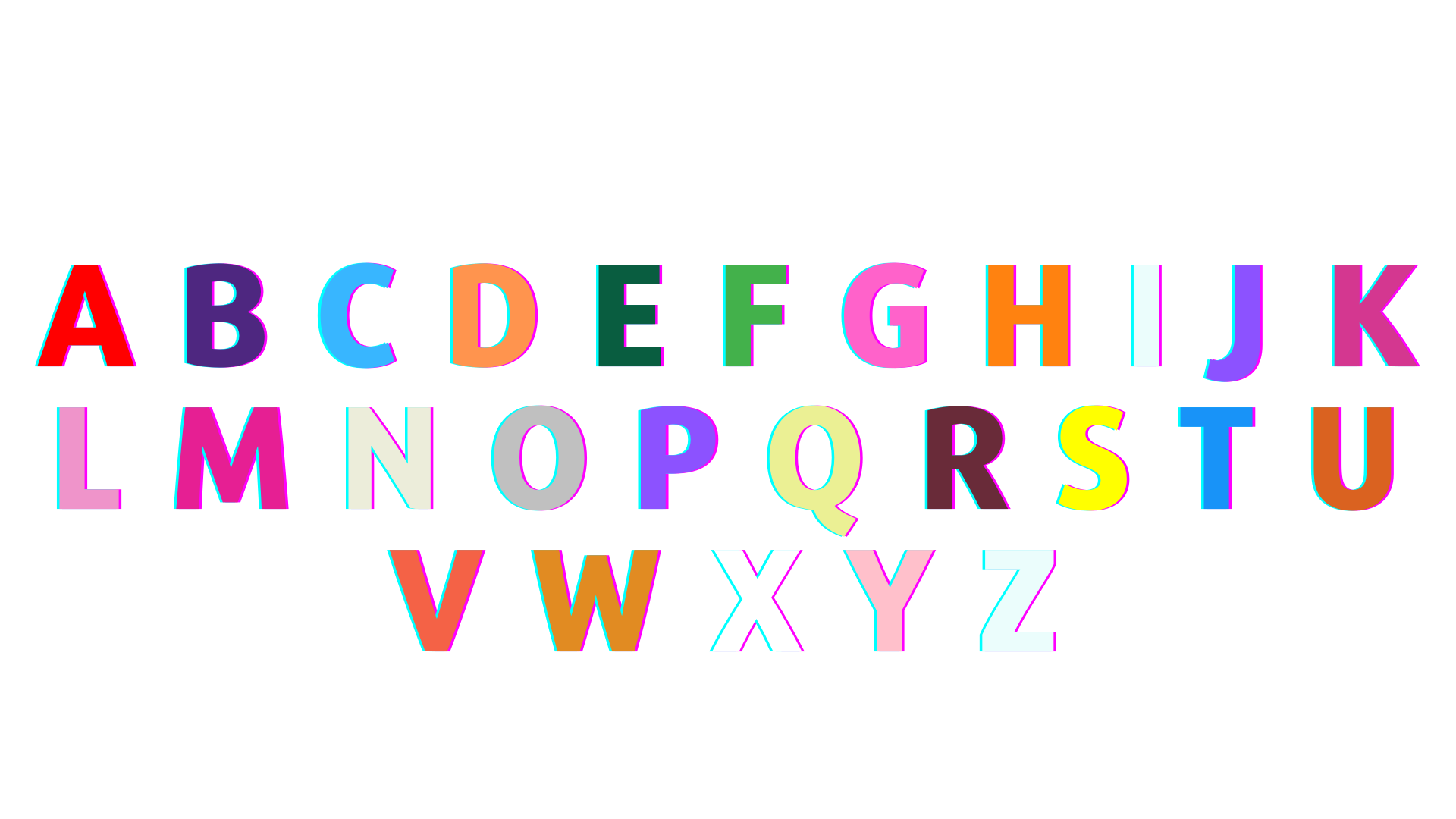
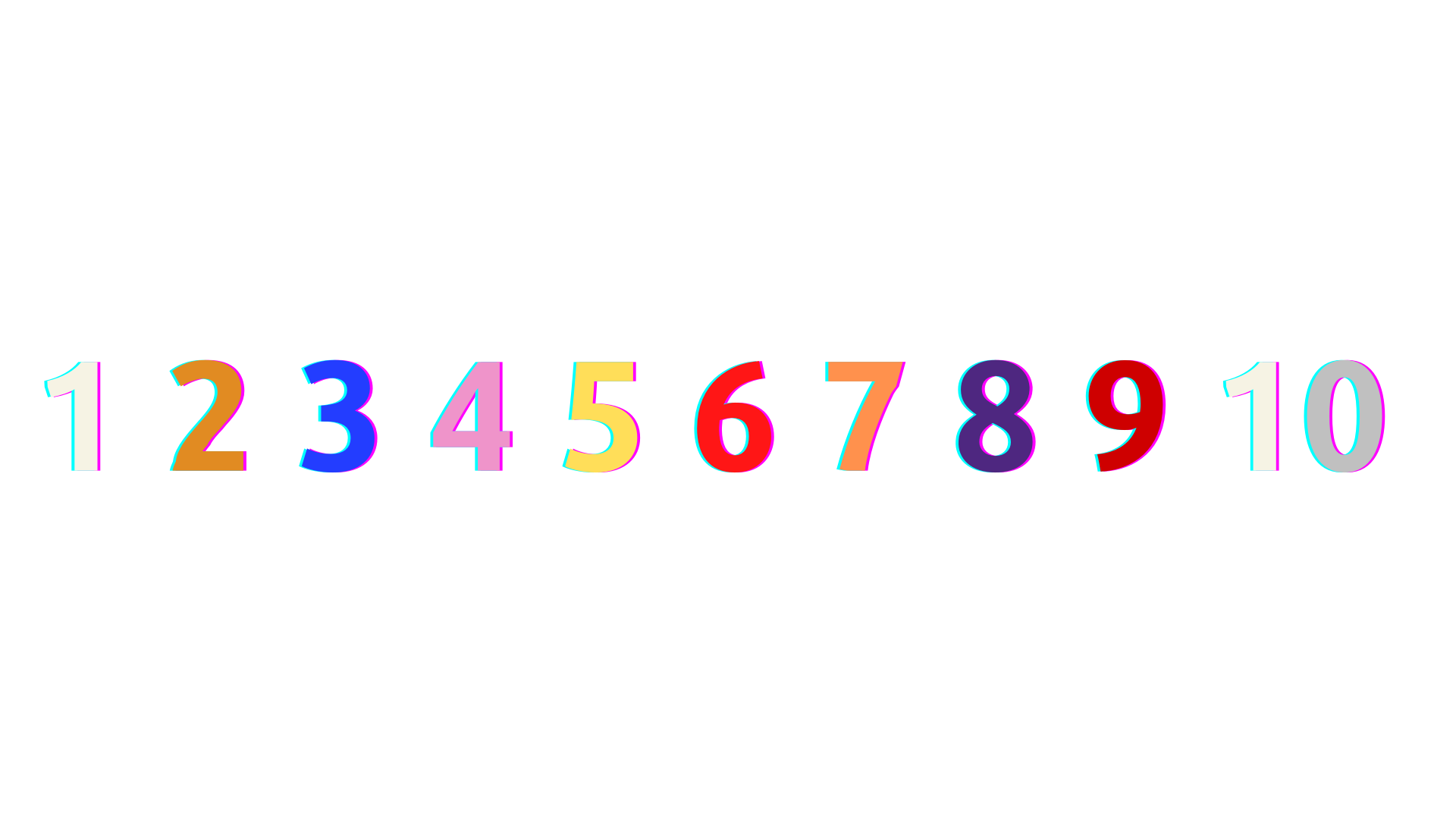
Example of my number grapheme-color associations.
Example of my number grapheme-color associations.
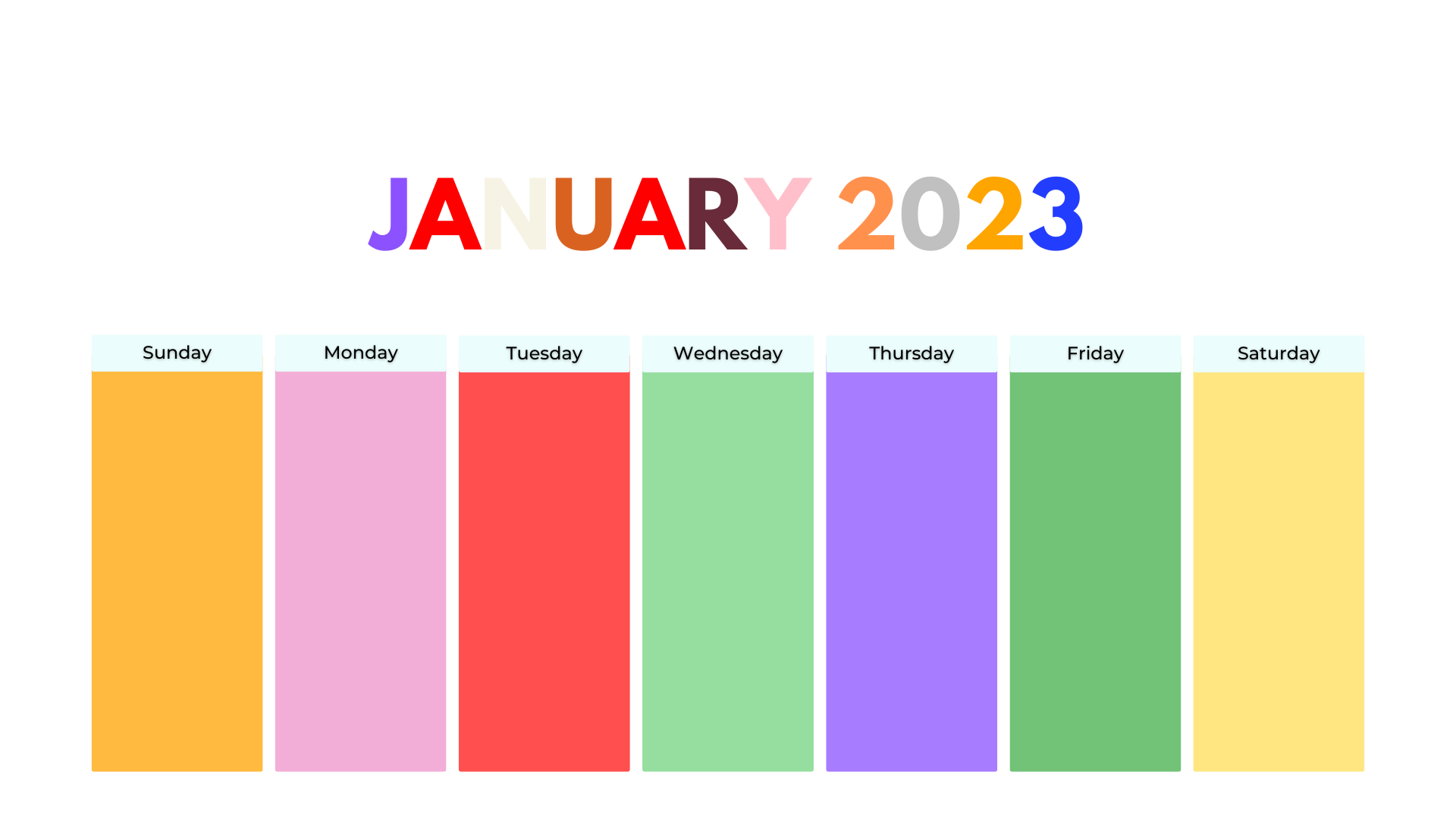
The realization that my lived reality - one that was inherently normal to me - was, in fact, a named neurological condition simultaneously brought me comfort and stirred up the beginning of an existential crisis. To cope with this new self-discovery, I took it upon myself to learn as much about the phenomenon as humanly possible, digesting every bit of information on the topic and discovered that even more of my everyday experiences could be described as synesthesia.
According to Simner, “around half of all synaesthetes have more than one type of synaesthesia,” making combinations of these various sensations quite frequent. For example, I have grapheme-colour synesthesia and another form of the condition named spatial sequence synesthesia. But other synesthetes naturally experience variations and combinations of the reported 8o types that even I, a multi-synesthete, cannot begin to comprehend.
Carolyn CC Hart, a polysynthetic artist known for her work with The International Association of Synaesthetes, Artists, and Scientists, is a rare example of a synesthete with over ten prominent manifestations of synesthesia. As stated in her bio, Hart has numerous rare types, including mirror-touch synesthesia, orgasm-to-colour synesthesia, and pain-to-colour synesthesia, all of which have been with her since her “earliest memories.”
Click here to learn more.
But despite the overwhelming amount of evidence that confirms synesthesia is a legitimate condition, some synesthetes, including myself, can't help but long for some sort of medical confirmation in the form of a diagnosis to validate our experience.
Here are some of the most common types of synesthesia according to info from BetterHelp:
Variations of Experience
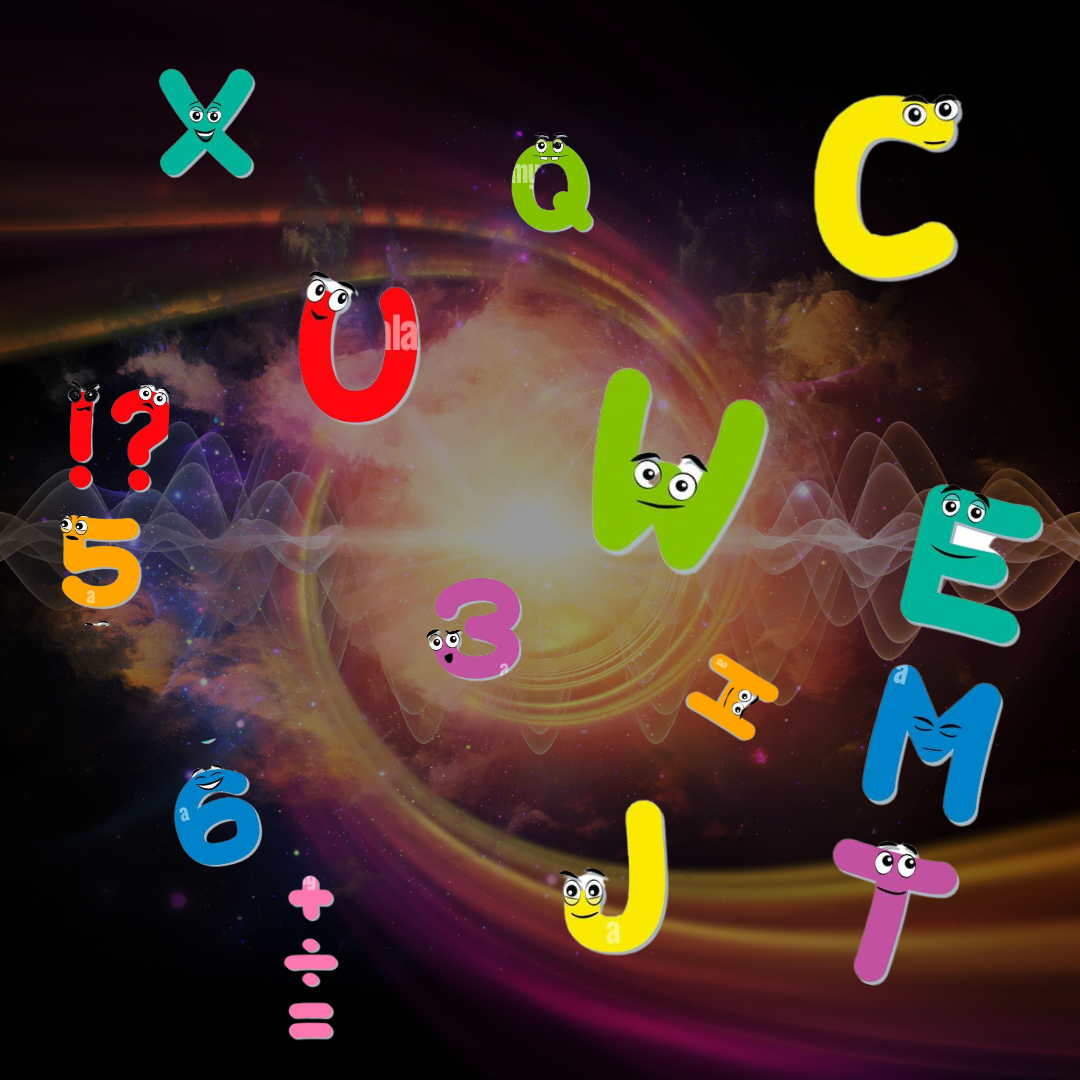
Ordinal Linguistic Personification
In ordinal linguistic personification, the synesthete perceives ordered sequences, such as numbers, letters, days, months, etc., as having inherently distinct personality traits and gender.
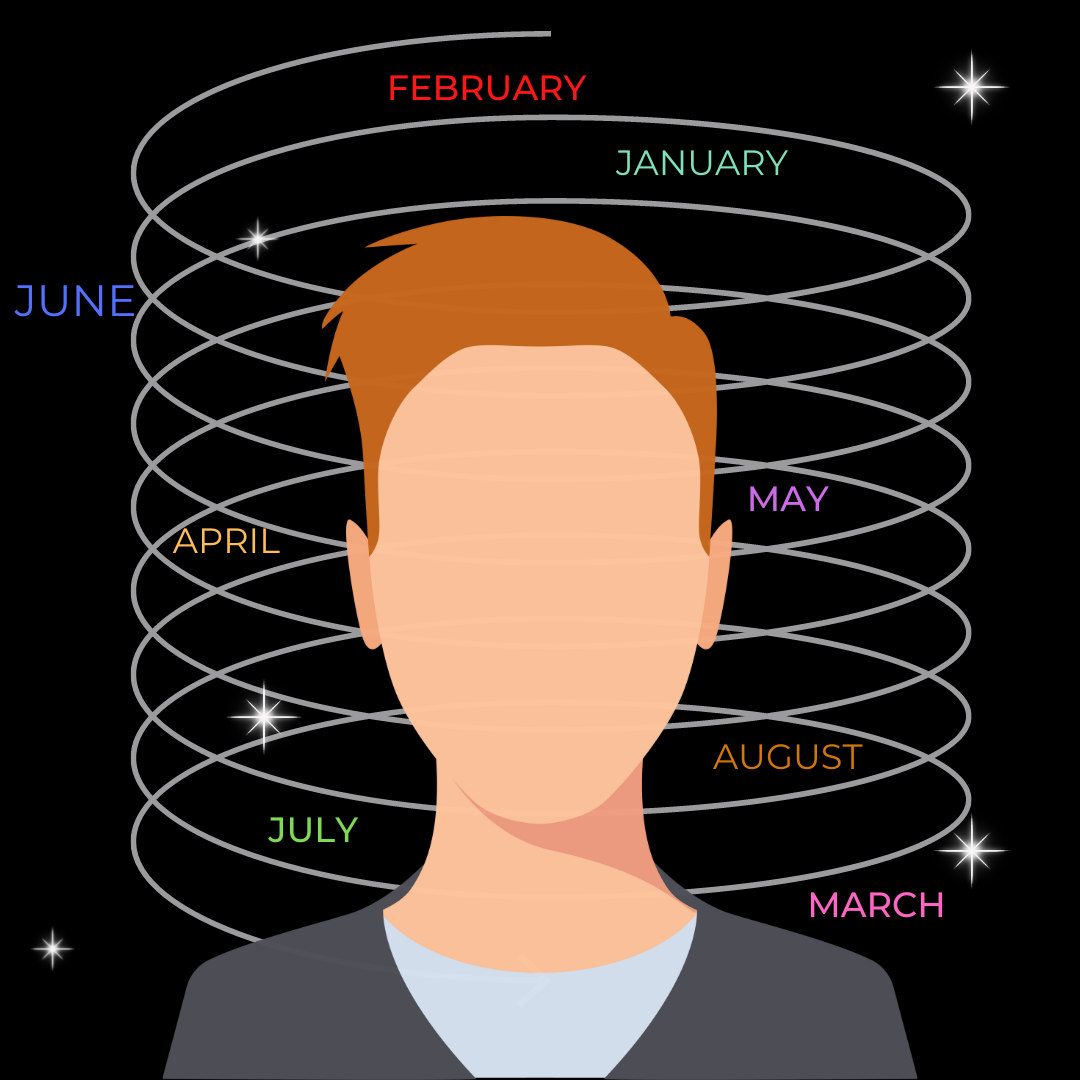
Spatial Sequence Synesthesia
Sequences such as numbers, letters, months, and dates are perceived as occupying points in space. A synesthete who experiences this phenomenon may see the spatial arrangement in their "mind's eye" or in the actual space around them.
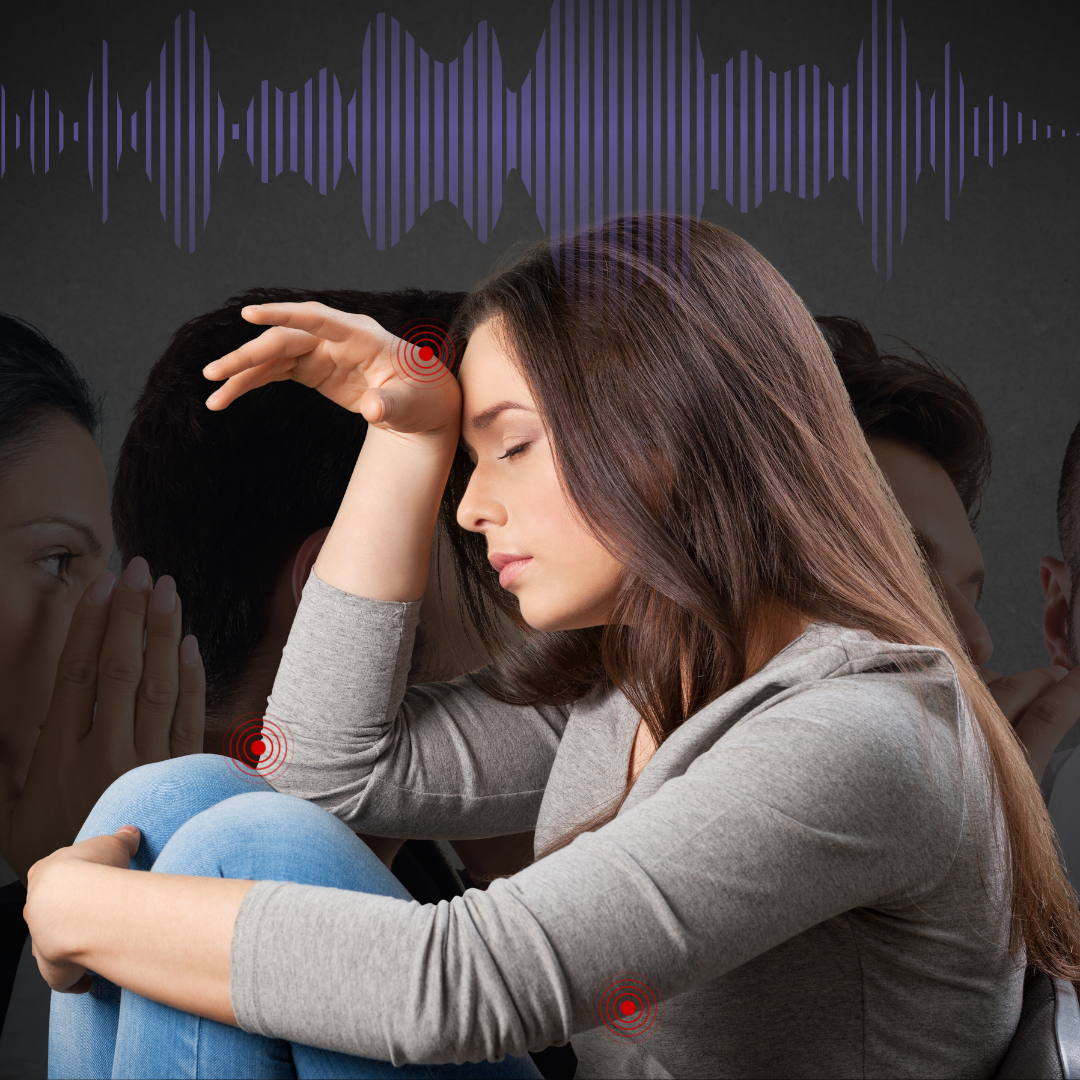
Auditory-Tactile Synesthesia
Auditory-tactile synesthesia (a.k.a. hearing-touch synesthesia) is one of the rarest of all types of synesthesia. It occurs when sounds heard by the synesthete produces a tactile sensation on certain areas inside and outside of the body.
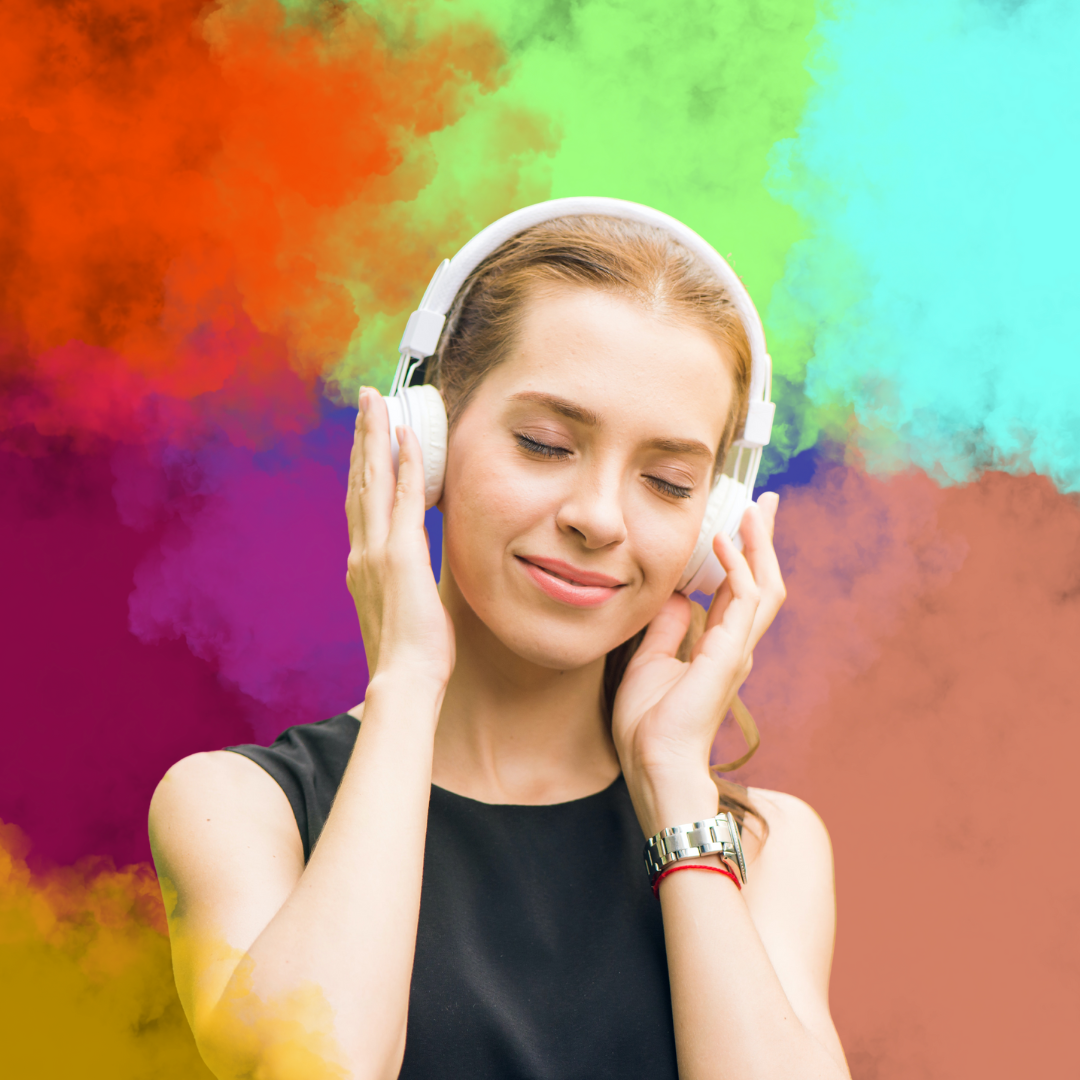
Chromesthesia
In chromesthesia, everyday sounds heard by the synesthete are associated or perceived as particular colours. Furthermore, some chromesthesia synesthetes report that the colours are only evoked by people’s voices.
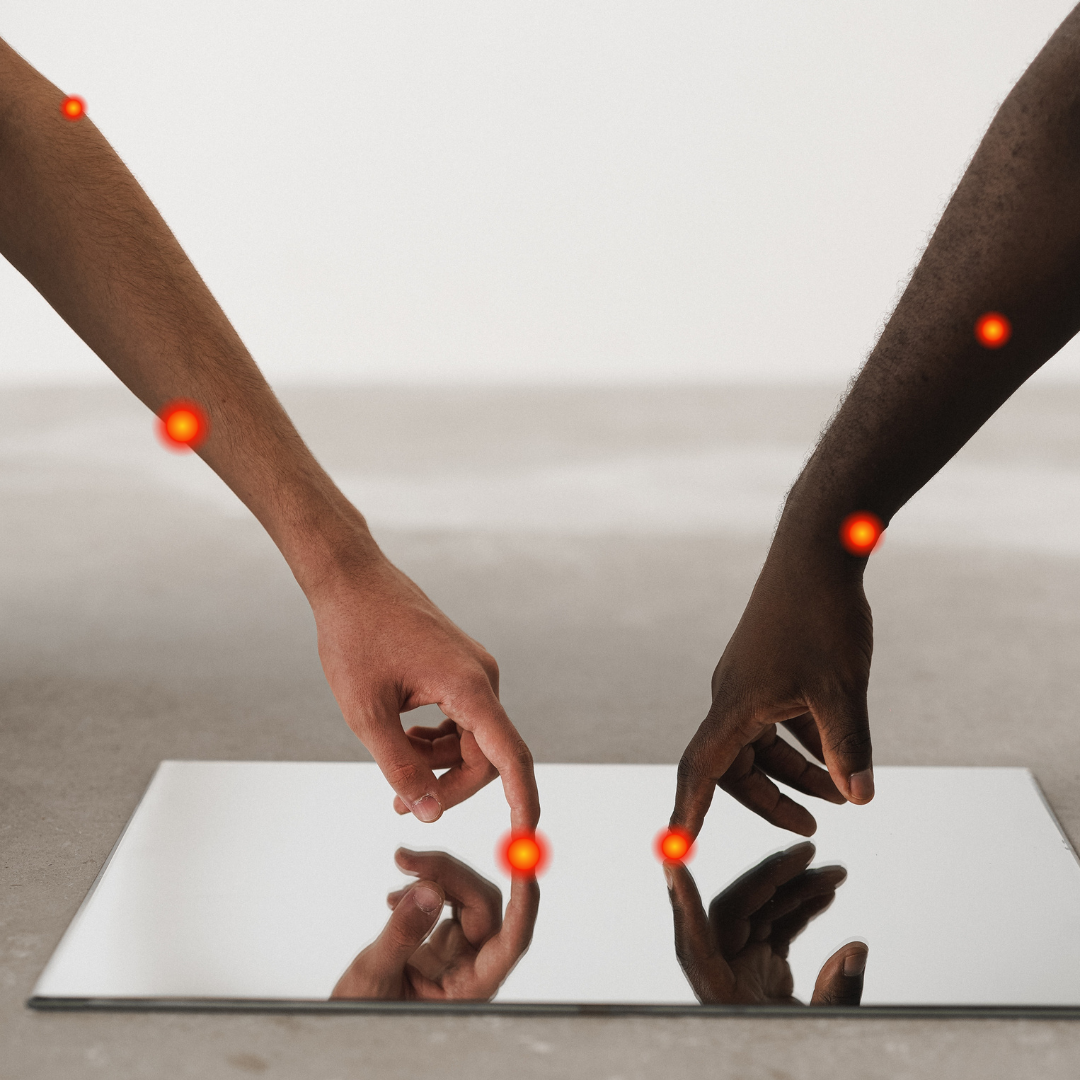
Mirror Touch Synesthesia
One of the rarest types with the greatest possibility of being an acquired condition is mirror-touch synesthesia, which may be connected to mirror neurons being activated when a person observes another person performing a physical movement. In this form of synesthesia, the synesthete feels the same physical sensations as someone else.

Lexical Gustatory Synesthesia
A person who has lexical-gustatory synesthesia senses words (both spoken and written) in the same way as distinct tastes, smells and textures in the mouth or senses the tastes in their head. The phenomenon has been shown to include non-lexical sounds, that is, sounds unrelated to words (such as music or the sound of a jackhammer).

Diagnosing the Sixth Sense: Synesthesia
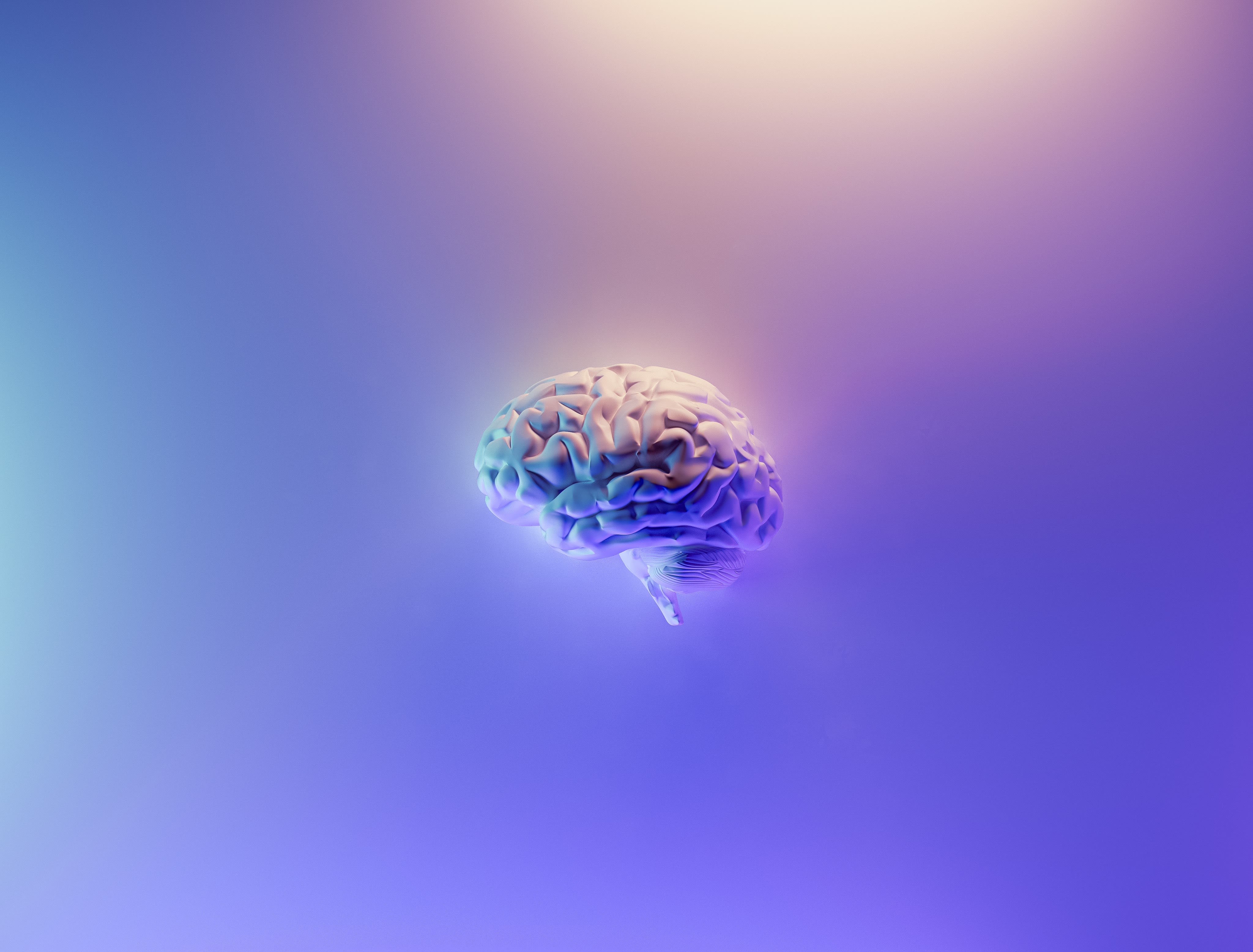
There are multiple reasons for desiring a formal diagnosis, including the social stigma surrounding the harmful practice of self-diagnosing. In a New York Times article titled, “Teens Turn to TikTok in Search of a Mental Health Diagnosis,” it’s explained that some teens find it “trendy to identify with a mental health disorder” and even “consider [it] a personality trait.”
There does appear to be a rather large community of synesthetes on the social platforms Reddit and TikTok, and a quick search of the hashtag #synesthesia on the latter proves that the condition is quite trendy with its users. With 376.8 million views and countless videos, the amount of teens who have self-diagnosed themselves with the condition seems surprisingly large, given the estimated 4.4 per cent incidence rate.
A WIRED article titled “What’s the Deal With Synesthesia TikTok?” addresses this issue along with the concern that some users have begun profiting off of the platform by claiming to have a rare form of synesthesia that allows them to taste people’s names - but, of course, only if they are paid for such services.
Although online tests, quizzes, and questionnaires are made available for synesthetes, these informal modes of diagnosis are often not enough to convince doubtful family members and even self-doubting synesthetes that their condition is not imaginary.
Want to test yourself for synesthesia? Take an online quiz here!
Hear what one synesthete had to say, in response to the question, “How would I go about getting [synesthesia] diagnosed? My mom thinks it’s my imagination.”
Although a formal diagnosis is rare, scientific research completed by numerous notable experts in the field all conclude that it is a very real phenomenon, and Kingsburgh from The Colour Research Society of Canada says there are a couple of “different ideas about how synesthesia happens.”
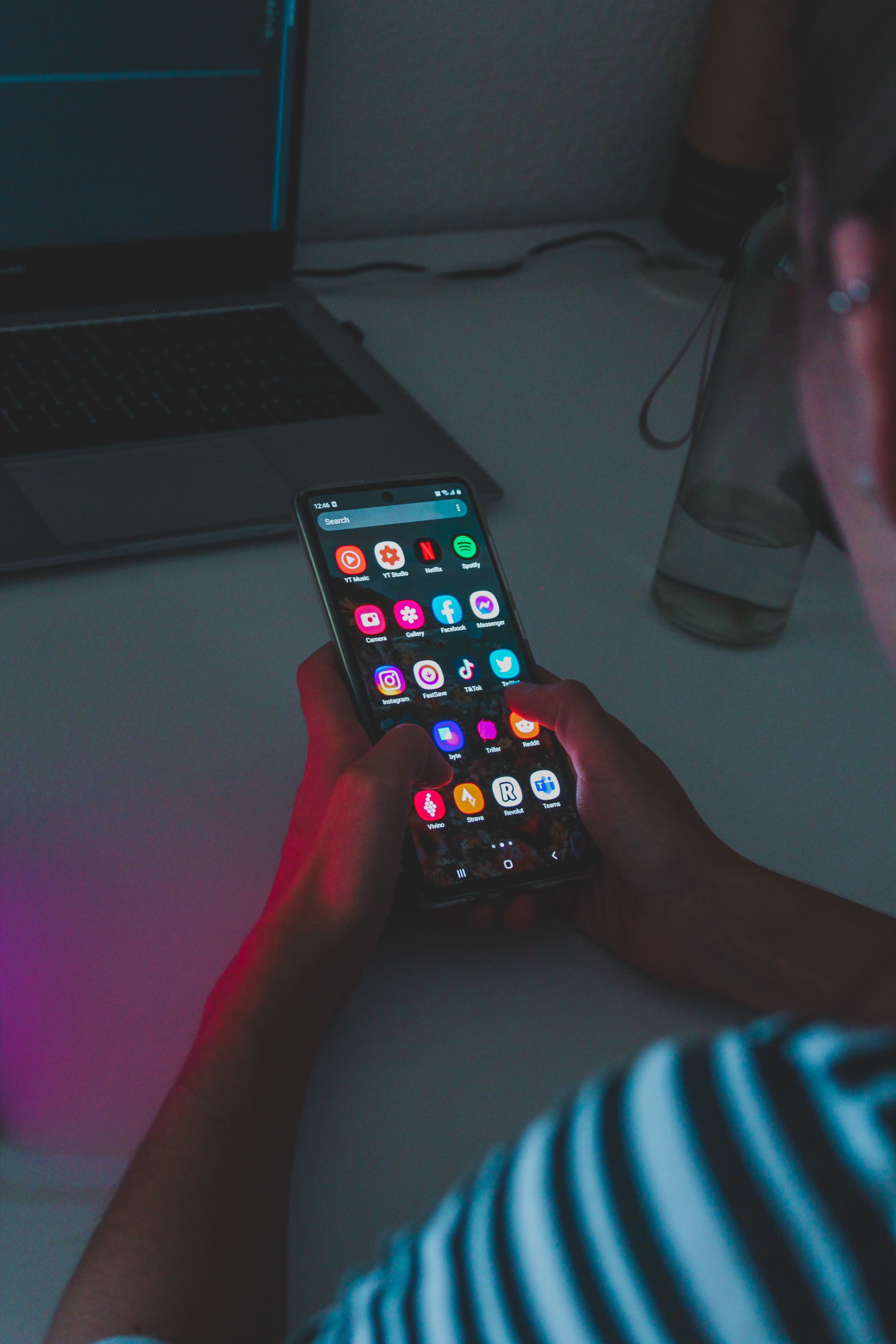
Genetics of Perception

According to Kingsburgh, synesthesia can occur from birth or be acquired later in life “if people are sick or experience something profound like a stroke.” In rare cases, certain forms of synesthesia, such as touch-vision, can even be acquired after sudden blindness. Research even suggests that significant psychedelic drug use of psilocybin, or LSD, can cause a form of drug-induced synesthesia that can last from weeks to even months after exposure.
Still, the most common explanation for synesthesia is that you’re either born with it or not. Kingsburgh adds that research conducted by Daphne Maurer suggests that “all babies are synesthetes,” a sentiment she explains has been backed up by scientific studies where the brains of babies are examined as they use their senses to explore the world.
“When [babies] taste something, their whole brain lights up,” she says, but this changes as they get older due to neurological connections that naturally separate in the brain over time.
“But for some reason, people with synesthesia tend to have some of those connections remaining.”
Another plausible explanation for the occurrence of the condition, she explains, could involve some sort of “chemical enzyme imbalance,” which causes one sense to activate another, creating a “crossing” in the brain.
Despite these hypotheses, much scientific research points to a genetic abnormality that runs in families and often gets passed down from generation to generation. A survey conducted by a group of universities in the United States called “Survival of the Synesthesia Gene” found that 40 per cent of synesthetes reported a first-degree relative with the condition. However, it’s suggested that the occurrence of a specific form of synesthesia, for example, hearing music and seeing colours (chromesthesia), in one family member does not automatically mean that the same type will be shared by the individual’s child.
Helen Vallender, a former fashion designer with grapheme-colour synesthesia, says her condition was likely not inherited from her parents since they believed something to be “desperately wrong” with their daughter when she first admitted to associating mundane things with colours, textures, and shapes.
She recounts a time in her infancy between the ages of one and two, when her mother wheeled her in a large silver “pram” (carriage) past a dairy shop in London that elicited a distinct synesthetic experience.
Unlike her parents, who were shocked to learn about their daughter’s unique abilities, Vallender explains that she wasn’t the least surprised to discover that her son Sam shares a similar experience.
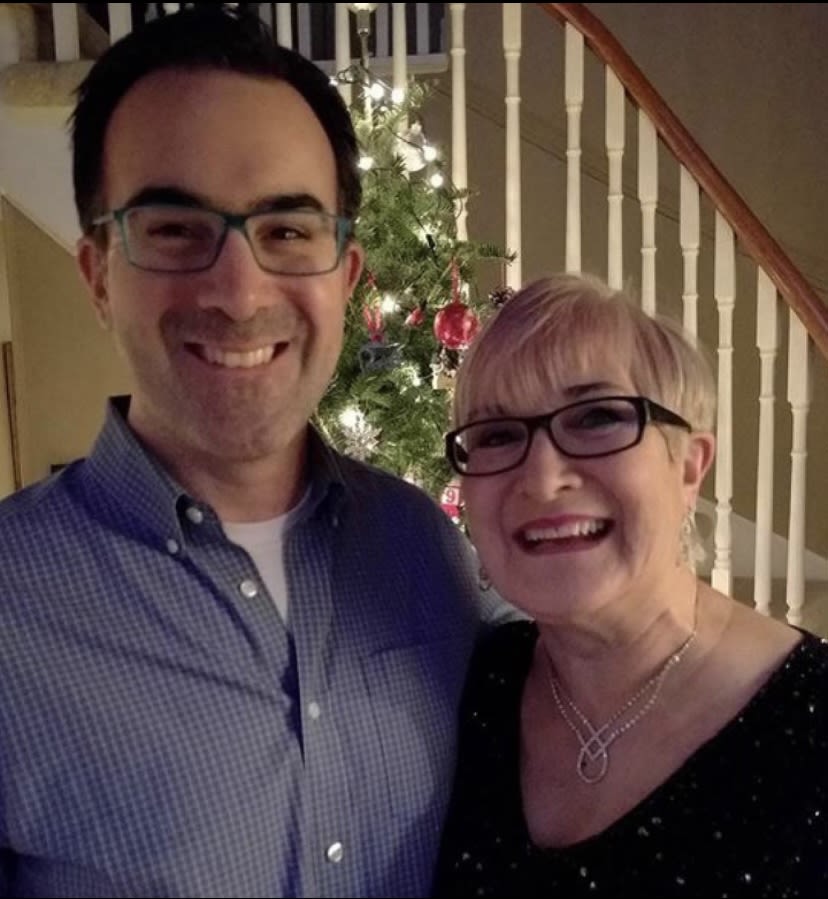
Helen and her son Sam Vallender pose in front of Christmas tree. (Via Helen Vallender)
Helen and her son Sam Vallender pose in front of Christmas tree. (Via Helen Vallender)
“I think the first thing that made me wonder was his memory. He’s had the most phenomenal memory since being a little boy,” said Vallender, a trait she believes she has also acquired from being synesthetic. In fact, numerous studies show that children with grapheme-colour synaesthesia show cognitive benefits in vocabulary and self-evaluated reading, as well as on memory and mental imagery in both childhood and adulthood.
Despite sharing a unique photographic-like memory due to synesthesia, Vallender says she and her son both experience the condition quite differently. Helen, a grapheme-colour synesthete - who wasn’t even aware that each specific experience had its own unique name - says her son, Sam, “hears music in colours,” a unique form of the condition named chromesthesia.
But while he “doesn't talk much about” his experiences, Vallender says it’s something she likes to embrace and even expressed disappointment that her synesthetic abilities seem to be decreasing as she ages.
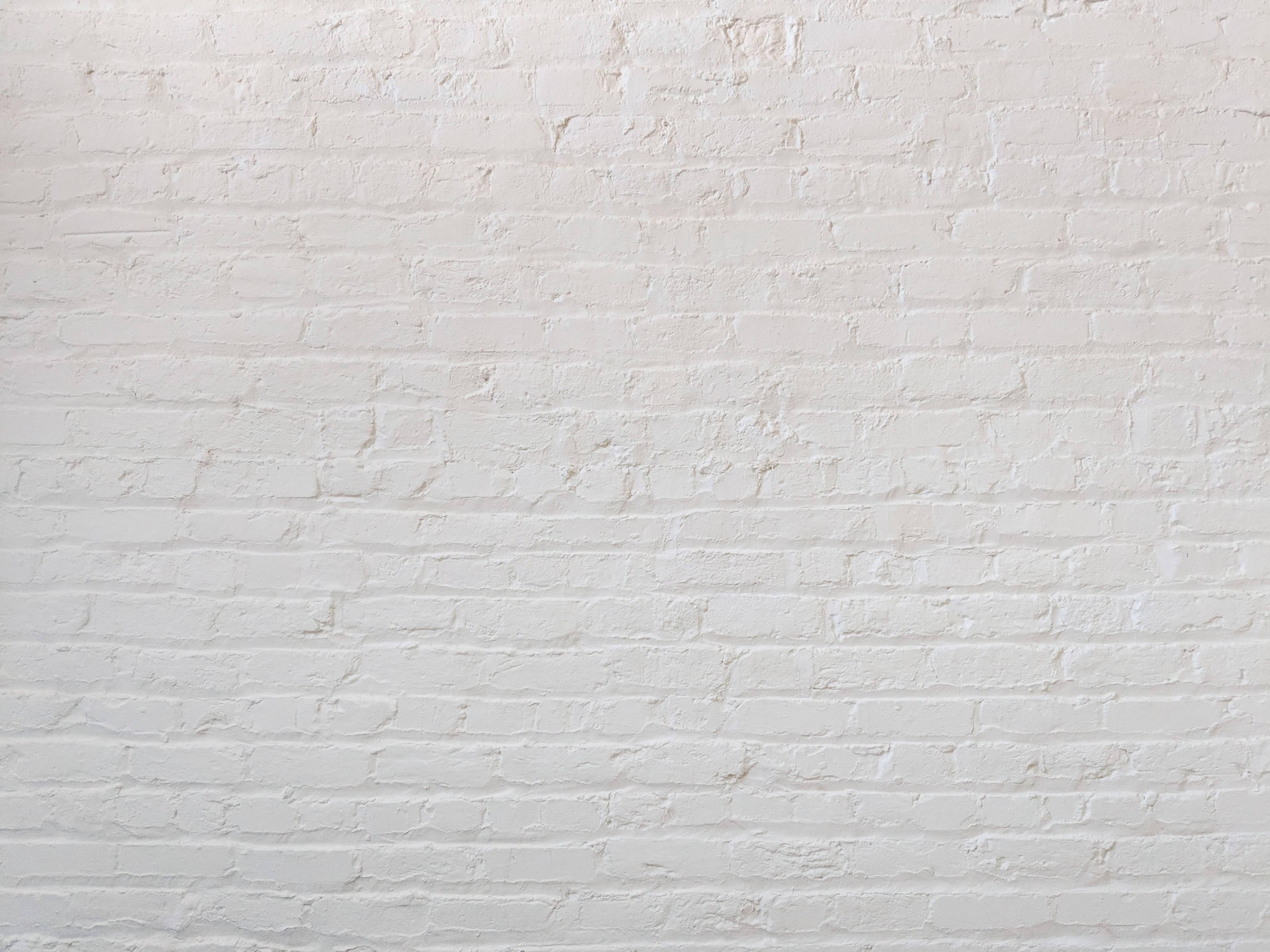
Sense of Creativity

According to research conducted by the Multisense Synaesthesia Research lab, synesthesia can disappear due to brain injury, chemical changes in the brain, and even suggests that grapheme-colour experiences like Vallender’s can become less vibrant and weaker with age.
But for Vallender, losing an ability that’s naturally inherent to her is something that brings her sadness, and it’s understandable why. The condition has benefited her greatly throughout her life, helping her to remember important details and improve her creative endeavors in fashion. Although the word “condition” paints synesthesia in a negative light, the phenomenon is something that many synesthetes consider a gift.
“For me, it’s a spiritual experience, it really enhances my creative process,” says Sutherland, whose colourist paintings (paintings that are characterized by the use of intense colour) exemplify the creativity that can be inspired by such a unique experience.
Listen to Kirk Sutherland describe the three main types of synesthesia he has.
Take a look at some pieces of art inspired by Kirk Sutherland's synesthesia!
Kirk Sutherland's Synesthesia Collection:
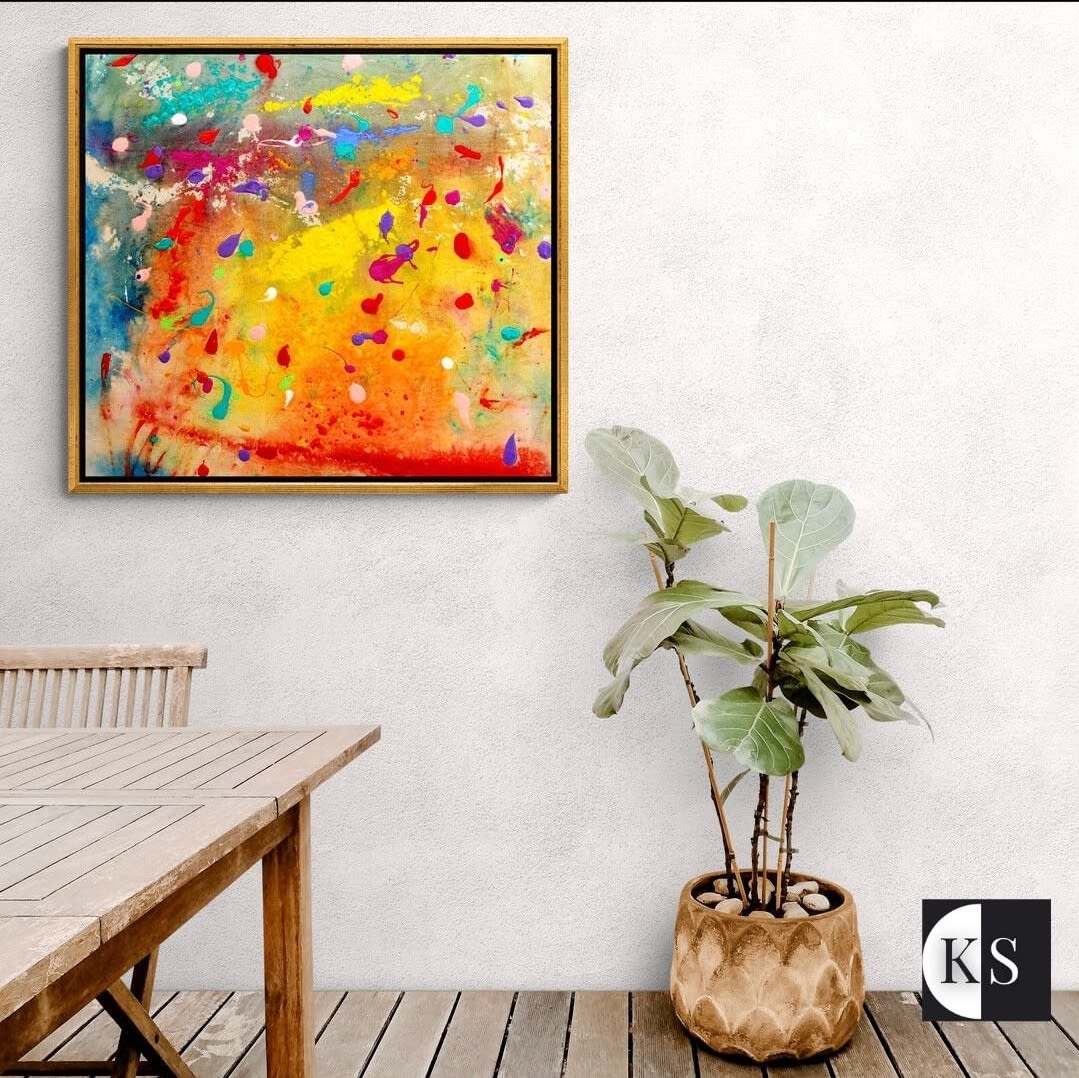
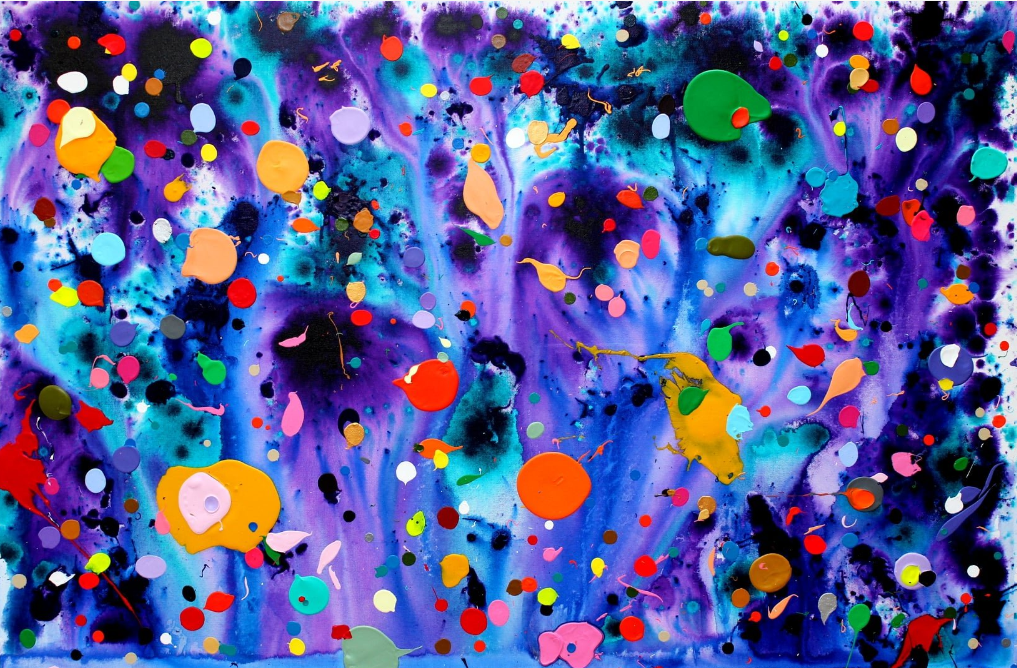
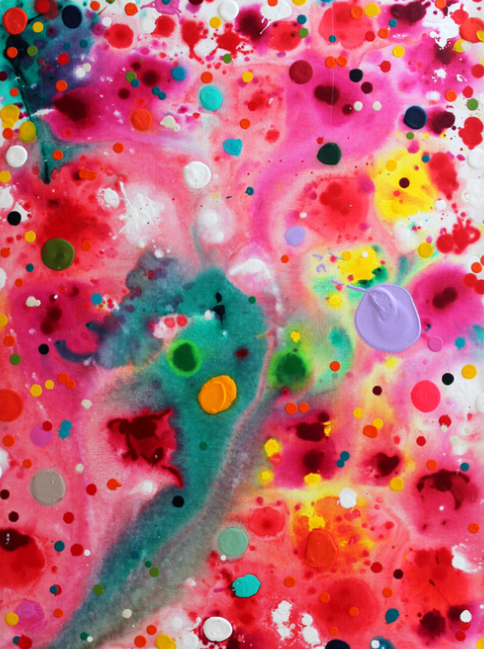
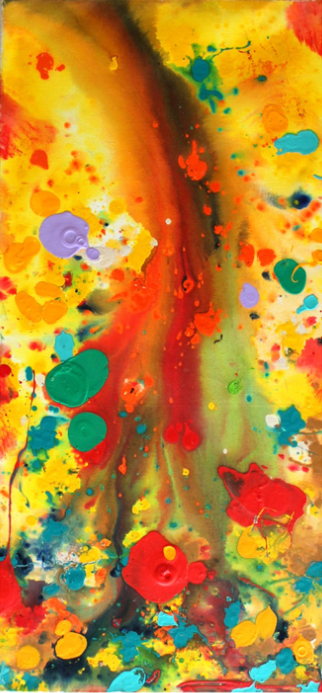
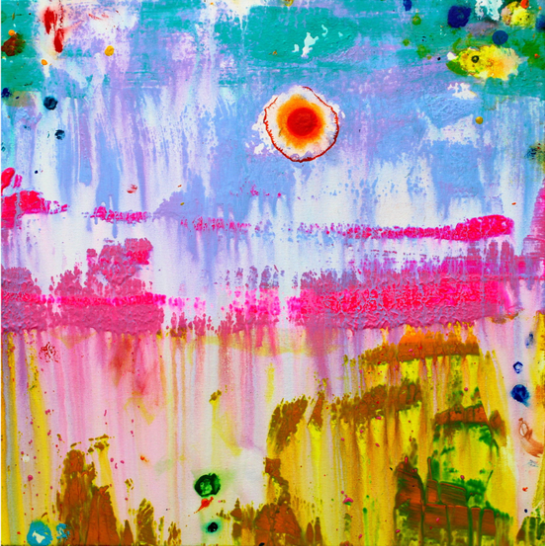




Sutherland is not the only artist who draws inspiration from his synesthetic abilities to create art. According to Simner, “synaesthetes are more likely to choose art as a hobby or occupation, although the effect is most pronounced for one type of synaesthesia: namely, visualizing music,” a phenomenon known as chromesthesia.
Based on this, it’s no surprise that there are numerous notable artists, creatives, and revolutionaries who have been said to have at least one or more types of synesthesia, but whether these individuals are more “talented” as a result or just more inspired, is still up for debate research says.
Click below to take a look at some notable musicians, painters, and creatives with synesthesia!
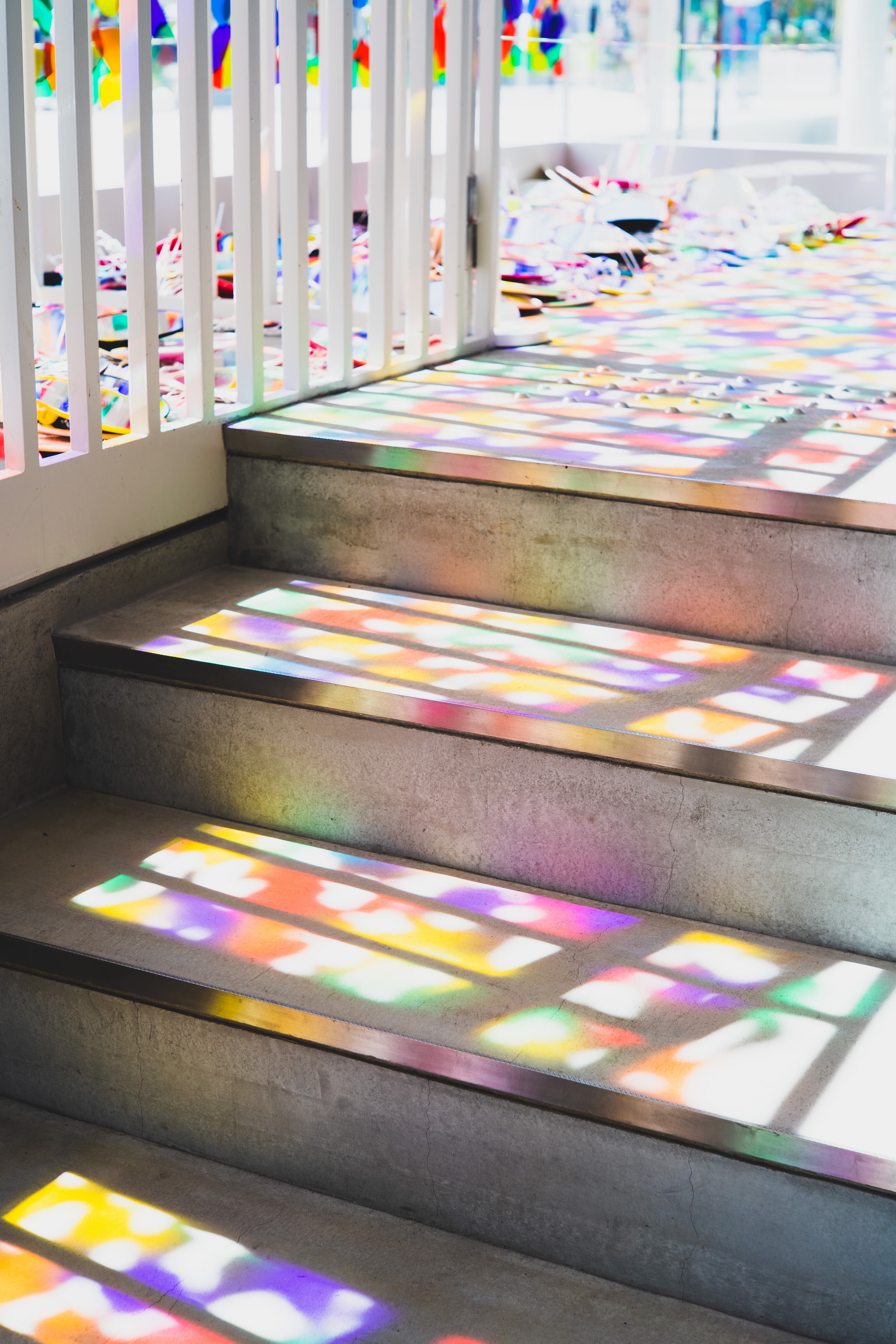
Seeing Into the Unseen
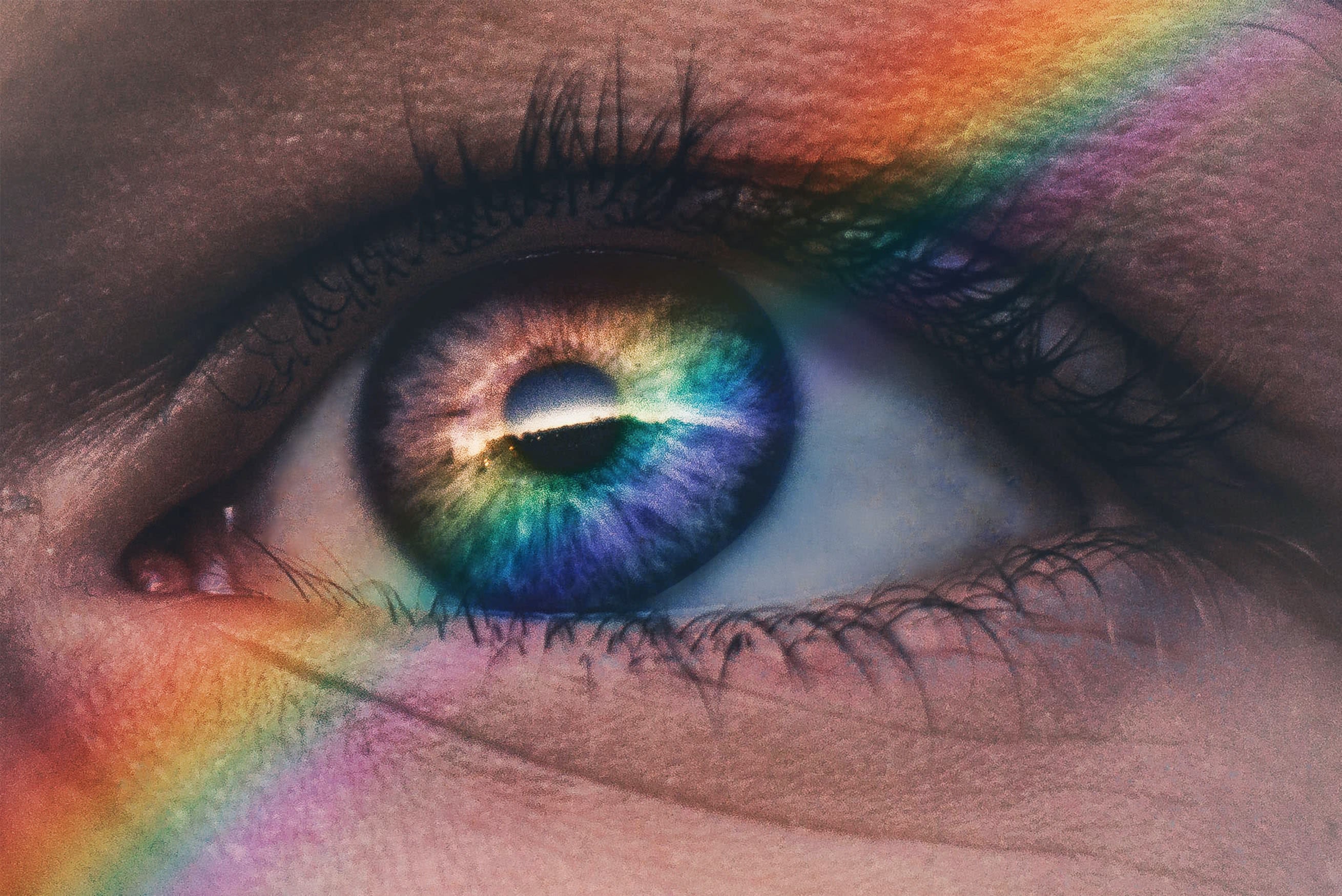
Despite the overwhelming volume of scientific research on synesthesia, the phenomenon is one that cannot be conveyed simply through words, studies, or facts to the average non-synesthete. It takes both open-mindedness and a willingness to acknowledge the existence of the unseen. And as a synesthete myself, I have become good at sensing who is trustworthy enough to tell of such an experience.
The invalidation of “out of the norm” abilities, whether it be synesthetic, psychic, or other, is all too common of an occurrence. But ultimately, it’s important for synesthetes who wish to talk about their experiences to be accepted by families, friends, and colleagues instead of invalidated.
For me, synesthesia is a part of my fabric and is a large part of my existence. Understanding this, no matter how difficult, is imperative in understanding me as it’s an experience that’s shaped my spirituality, beliefs, creativity, and life. This sentiment is also voiced by many other synesthetes and Sutherland, who explains, “synesthesia was part of finding myself and my universal reality.”
